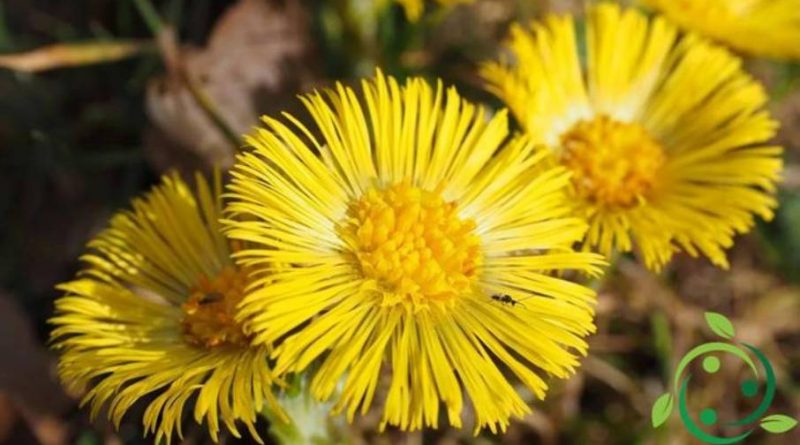Properties and cultivation of Toxilaggine
Properties and cultivation of Toxilaggine
The common Toxilaggine or farfara (Tussilago farfara L., 1753) is a perennial herbaceous species belonging to the Asteraceae family. It is a plant about 10-30 cm tall that in spring emits from the rhizome the flowering stems covered with cotton buds, erect, fleshy. It blooms in the period between January and April with yellow flowers reminiscent of daisies. In this sheet we will see properties and cultivation of the Tossilaggine.
The plant is spread by seeds and rhizomes that at the beginning of spring give rise to a stem that culminates with a yellow bell. Unlike most plants it grows in a different period from the leaves and for this reason the collection of the parts of the Farfara will take place at different times; in fact the rounded leaves and with a pointed apex, appear after flowering and develop after the withering of the flower heads.
For the cultivation we start from the transplanting of the rhizomes in autumn, obtaining a flowering from the end of winter, developing the leaves in spring, creating a full vegetation in the summer.
The Toxilaggine can be used together with the mint since both invasive plants contain each other. We also remember that being one of the first flowers of the solar year is much sought after by bees and other insects as the first nourishment. Moreover, being a rather invasive plant it will be necessary to avoid excessive organic fertilizations in order not to provoke an excessive vegetation.
As for the harvest, the part used is the leaves, which are harvested in summer and without stem, the flowers (collected without stem before full bloom) with which, once dried, they prepare teas and infusions and rhizomes and whole plant flowered from January to April. The drying must be done in a dry and airy environment and stored in paper bags.
The substances present in the Toxilaggine are: ethereal oil (bitterish), glucoside (tussilagina), mucilage, tannins (up to 17%), inulin (up to 17%), mineral salts (potassium nitrate, iron and zinc) up to 3% (ash), malic acid, peptin, gallic acid and acetic acid.
The Toxilaggine is one of the best known herbal medicine plants, but it is also used in pharmacology against coughs and asthma (bechica-calming cough and expectorant action: it favors the expulsion of bronchial secretions). Other properties are: anti-inflammatory (attenuates an inflammatory state), decongestants (decreases the blood supply in a given part of the body), bronchial sedatives, antinevralgic (calms inflammations of nerve derivations) and emollients (resolves an inflammatory state). The root instead is used as a diaphoretic (facilitates skin transpiration).
In some Italian regions the maximum quantity of these flowers is regulated.
Beware of some adverse effects; in fact the pyrrolizidine alkaloids, present in the plant can cause cirrhosis of the liver and hepatocellular carcinoma, while the sesquiterpenic lactones allergic reactions.
The Toxilaggine also finds expression in the kitchen: in fact the young parts of the plant can be used raw as salad or cooked as a side dish. The presence of some alkaloids, however, recommends a moderate use.

